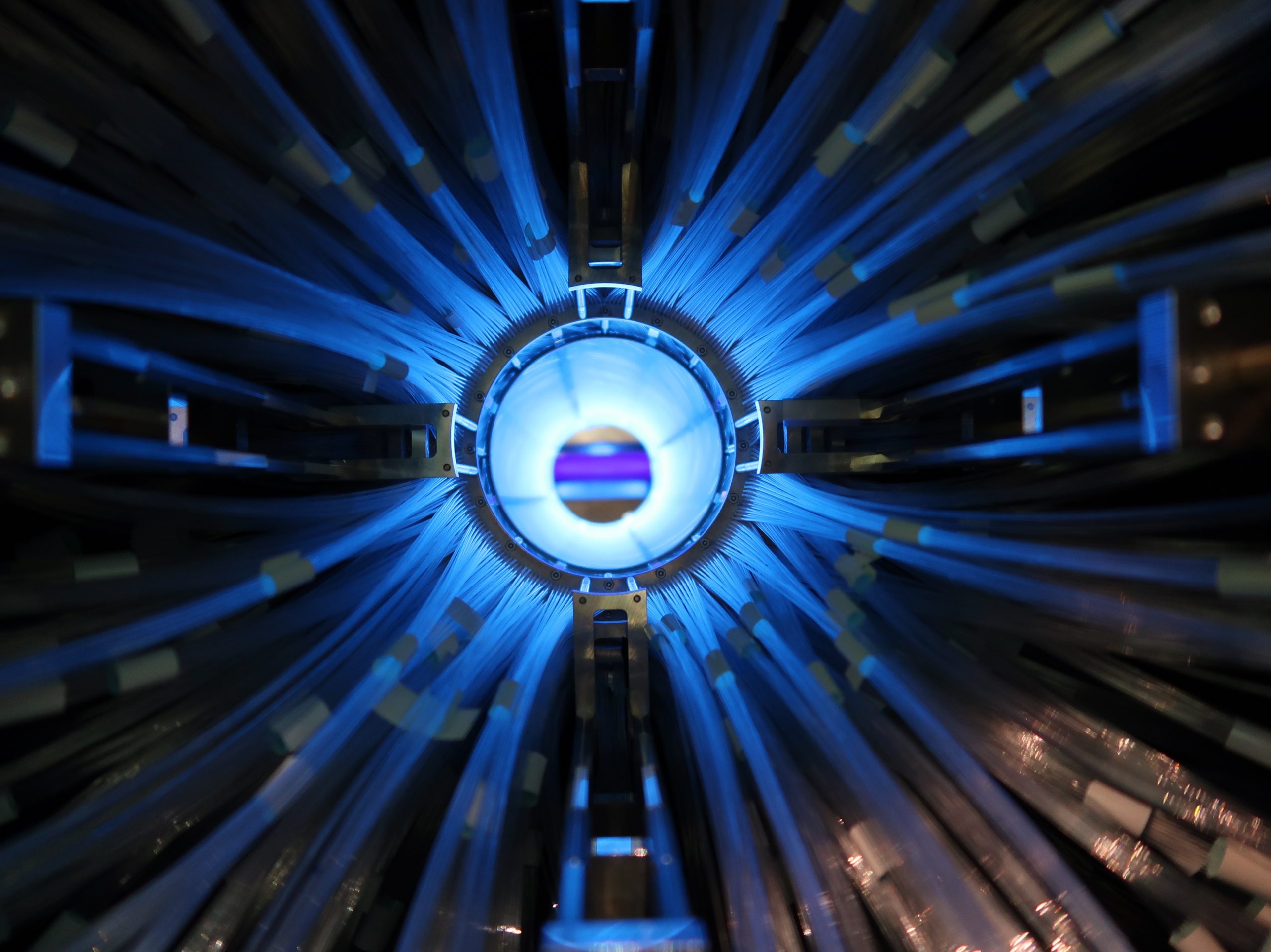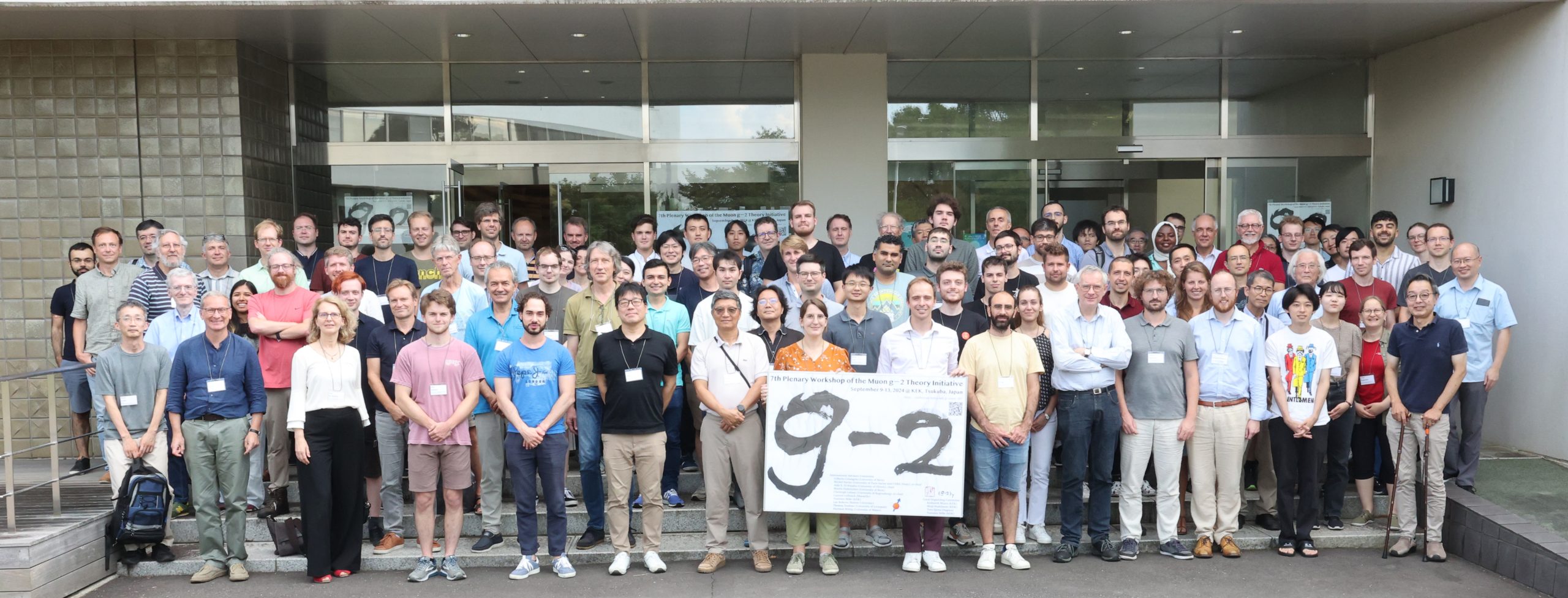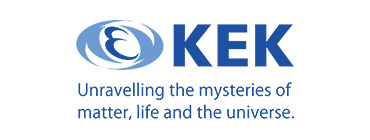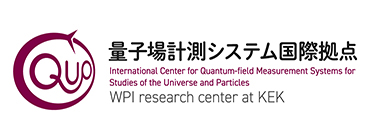- Topics
Forefront of muon g-2 theory – A Report from the 7th Muon g-2 Theory Initiative Workshop
October 11th, 2024
From September 9 to 13, a workshop on the theory of the muon’s anomalous magnetic moment (g-2) was held at the KEK Tsukuba campus. This workshop, which began in 2017, has previously been held in the United States, Germany, the United Kingdom, and Switzerland. This year marked the 7th session, with over 120 researchers gathering in person from both domestic and international institutions, while many others joined online from around the world.
The muon’s anomalous magnetic moment (g-2) can be calculated with extremely high precision using the Standard Model of particle physics. By comparing these theoretical values with the experimental values measured with equally high precision, researchers aim to discover evidence of physical phenomena beyond the Standard Model. This workshop brought together leading researchers from both theoretical and experimental fields to discuss the latest findings on muon g-2.
At the workshop, new research results on the hadronic vacuum polarization were presented. The “hadronic vacuum polarization” is a quantum mechanical phenomenon where virtual hadrons (such as pions or kaons) temporarily appear and disappear in the vacuum, and it also affects the theoretical value of the muon g-2.The latest results were reported, including new findings from the lattice QCD (Quantum Chromodynamics) calculations, as well as the latest hadronic vacuum polarization measurements from six accelerator facilities worldwide, including Japan’s Belle II experiment at the SuperKEKB electron-positron collider at KEK. Compilation of these new results will be used to update the current white paper to be published in early 2025.
Regarding the measurement of muon g-2, the workshop included a report on the preparations for the final results from the experiment conducted at the Fermi National Accelerator Laboratory (FNAL). Additionally, updates were given on the new experiment using the world’s first muon accelerator, currently being prepared at Japan’s J-PARC (Japan Proton Accelerator Research Complex) in Tokai, Ibaraki Prefecture.
The workshop also featured a special lecture reflecting on the achievements of the late Professor Emeritus Toichiro Kinoshita of Cornell University, who passed away in 2023. Professor Kinoshita made historic contributions to high-precision calculations of higher-order effects in g-2 theoretical research, from the early days of quantum electrodynamics (QED). Dr. Makiko Nio, from RIKEN Nishina Center for Accelerator-Based Science, who began her research under Professor Kinoshita in the early 1990s and continues his high-precision g-2 calculations, reflected on his legacy, saying: “Professor Kinoshita started his career in the 1950s in the lab of Dr. Shinichiro Tomonaga. The foundational work conducted at that time led to his encounter with the muon g-2 experiment at CERN in the 1960s, where he began his theoretical calculations. This research has since grown significantly and now has a global impact. He was truly a pioneer performing numerical calculations in the particle theory using computers which were just beginning to emerge in the 1950s.”
We also spoke with Professor Aida El-Khadra (University of Illinois), chair of the Muon g-2 Theory Initiative.
-
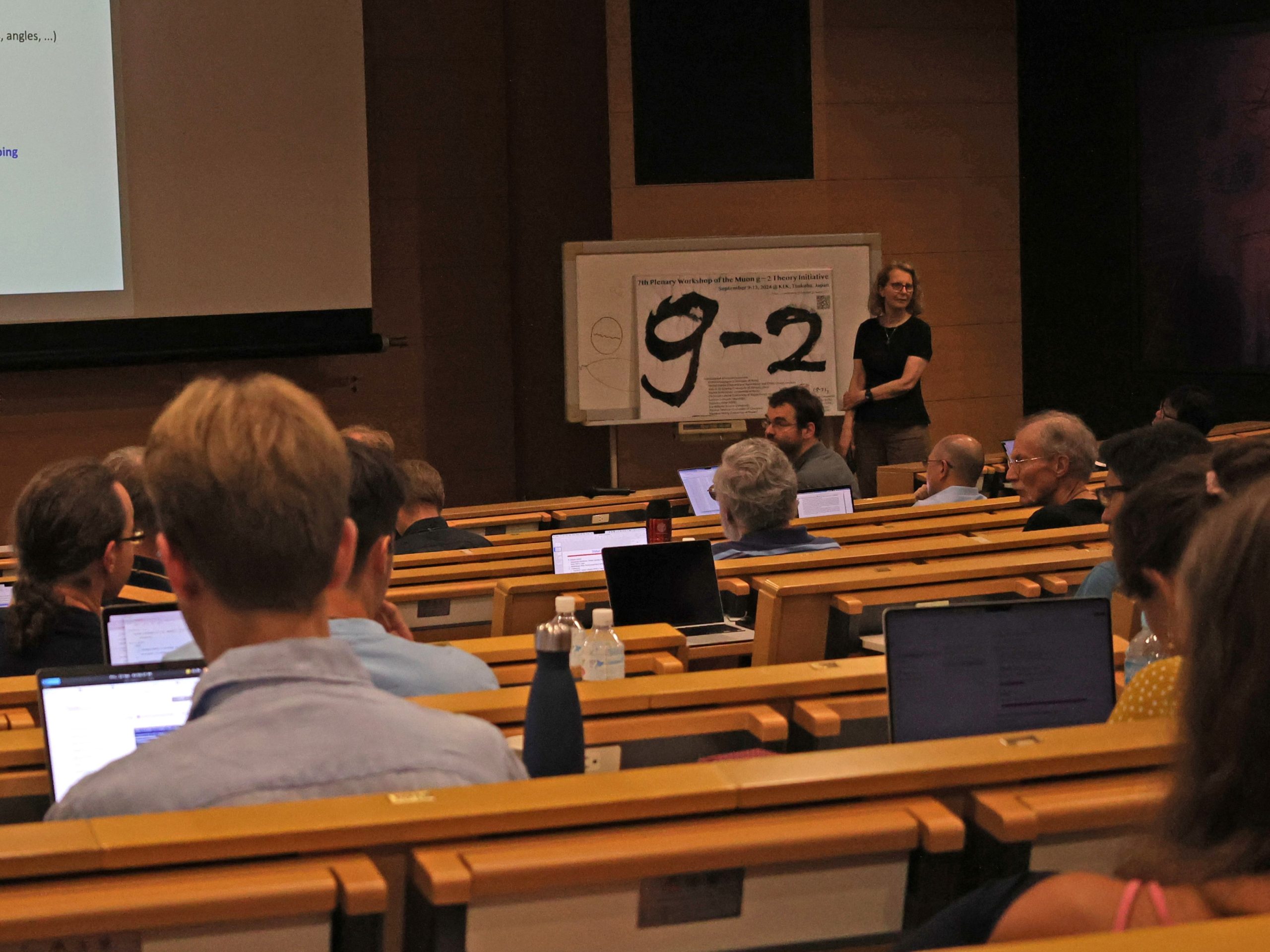
Dr. Aida El-Khadra stands beside the workshop poster.
Could you give us an update on the current state of theoretical predictions for g-2 research?
Aida: The current situation is still confusing. The experimental measurements of the cross-section for e+e−→π+π− is not in agreement, which makes it extremely difficult to make precise predictions based on the Standard Model. Over three-quarters of the uncertainty in the Standard Model prediction comes from the uncertainty in hadronic vacuum polarization. The experimental side is working hard to better understand the situation, so while it will take some time, I am optimistic that this issue will be resolved as more data becomes available.
There’s also the approach using the lattice QCD. The progress here has been remarkable, and I expect that by the time we release our next white paper, we will have a complete prediction of hadronic vacuum polarization based on the lattice QCD. These predictions seem to be close to the experimental results, but we must wait until all the information is in before drawing any conclusions. We expect to have the white paper ready by early 2025, before the FNAL experimental results are announced.
What are your impressions of this workshop?
Aida: KEK is a wonderful place. I’m also looking forward to the experiment that will be conducted at J-PARC after the g-2 experiment at FNAL is completed. We heard from many different groups at this workshop, and we are working towards our final discussions and the preparation of the white paper. This workshop was crucial in organizing and moving forward with what needs to be done to achieve our goals.
Many students also participated, which was wonderful. I’m particularly grateful to Professor Toru Iijima of Nagoya University, who organized a school for students the week before the workshop in Nagoya. Students from Europe and the U.S. who attended the school also participated in the workshop, which was fantastic. It’s always great to see a new generation of researchers coming in.
-
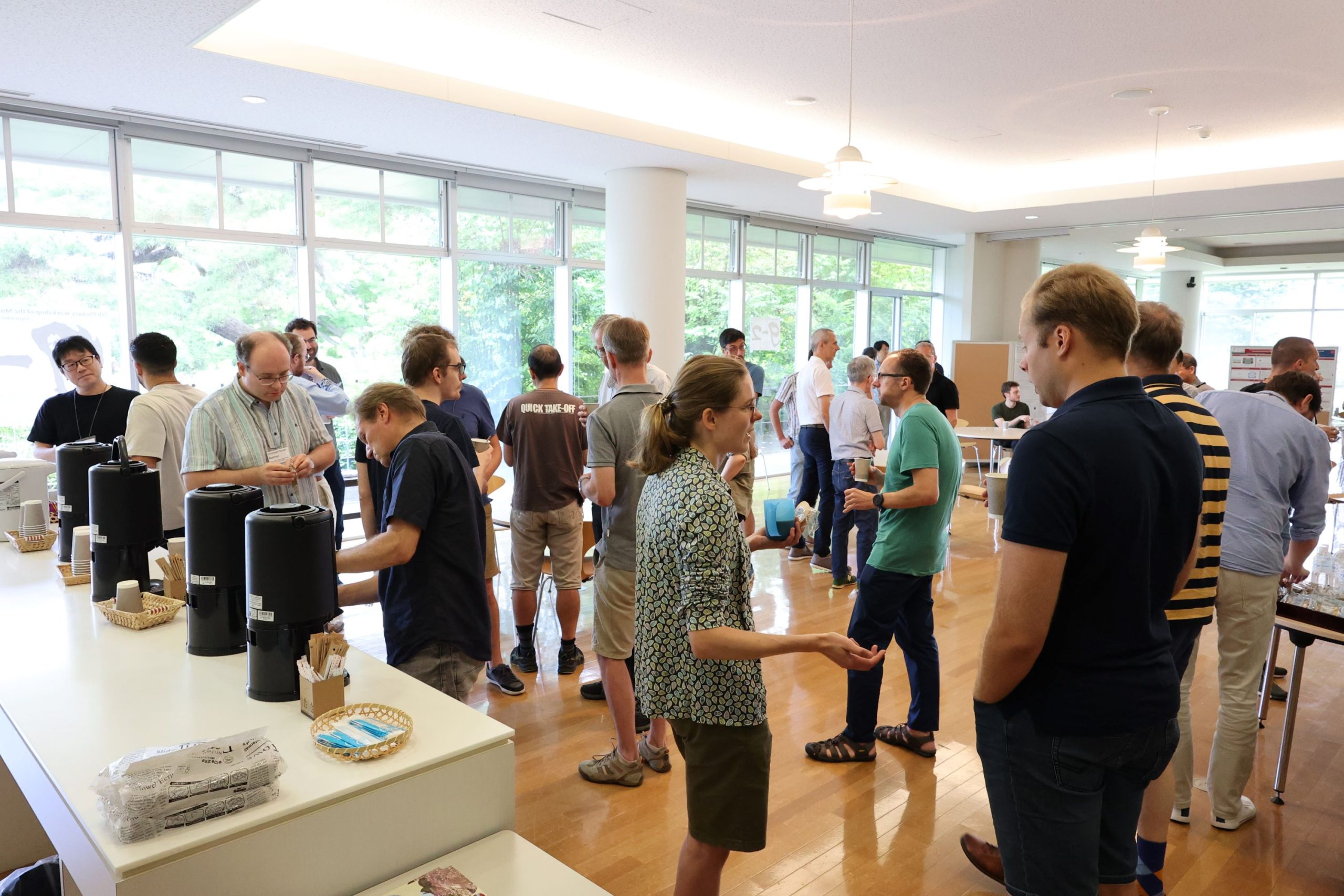
During the coffee breaks between sessions, participants engaged in passionate discussions.
The next workshop will be held in Paris in September 2025.

